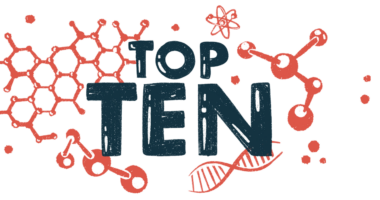
Non-drug Treatments for Parkinson's Disease
Meditation and Relaxation Techniques
Meditation and relaxation techniques can take many forms. Listening to relaxing music is the most basic form. Mindful meditation can be used to relax and focus on breathing or negative emotions and thoughts. It can also be used to help a person become more aware of their surroundings or body movements. Several studies have shown a connection between Parkinson’s disease symptoms and mindful meditation.
Occupational Therapy
As Parkinson’s progresses, everyday tasks may become difficult for patients. Occupational therapy can help them manage everyday life and maintain their independence for as long as possible, as well as improve their quality of life. Occupational therapists can suggest adaptive devices to assist patients and ensure that they are able to use the devices correctly.
Physiotherapy
Physiotherapy is part of the multidisciplinary approach taken to manage Parkinson’s disease symptoms. Patients can benefit from two areas of physiotherapy: exercises to build and retain muscle strength, and conditioning to lessen difficulties with movement and to target problem areas like stiffness in the hands and legs, tremors, and balance.
Speech Therapy
Parkinson’s disease affects not only movement but also muscles in the face, mouth and throat that are used to speak. This may cause a person’s voice to change, as well as dysarthria, or difficulty in speaking, and dysphagia, or difficulty in swallowing. Speech therapy may be able to help with some of these issues.
Deep brain stimulation
Deep brain stimulation is a surgical treatment that involves the implantation of electrodes into specific areas of the brain, modulating neural activity and easing symptoms associated with Parkinson’s disease.




